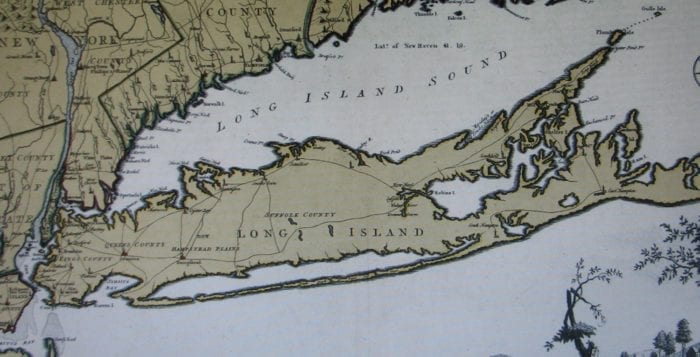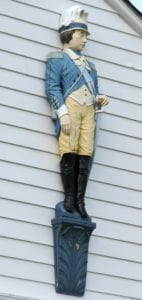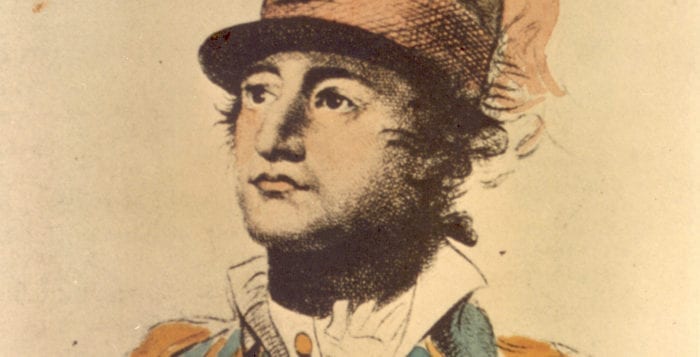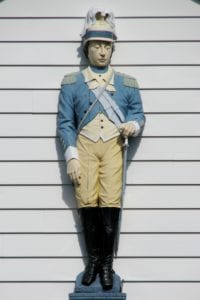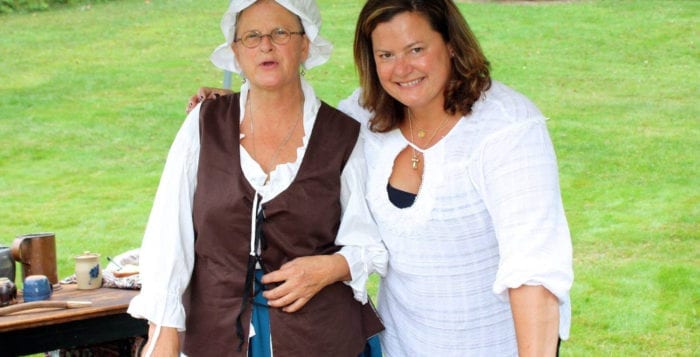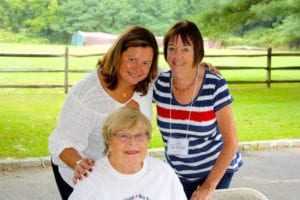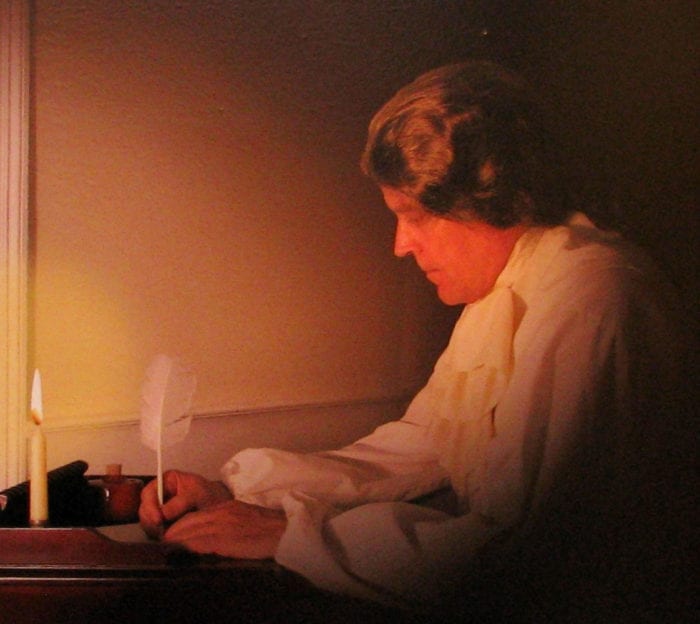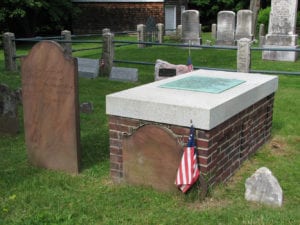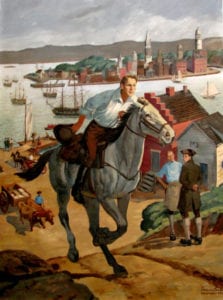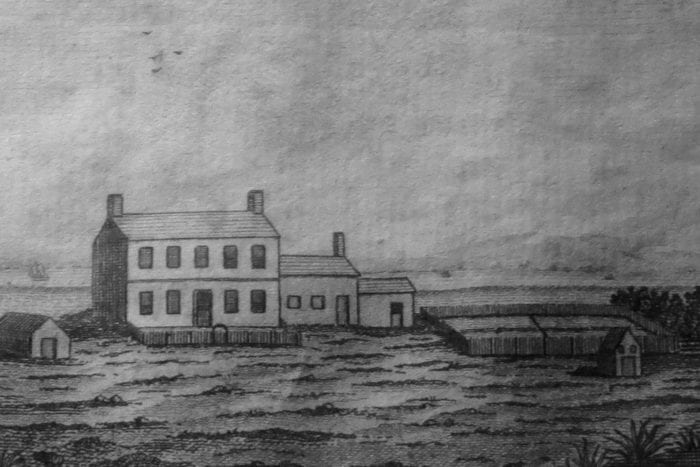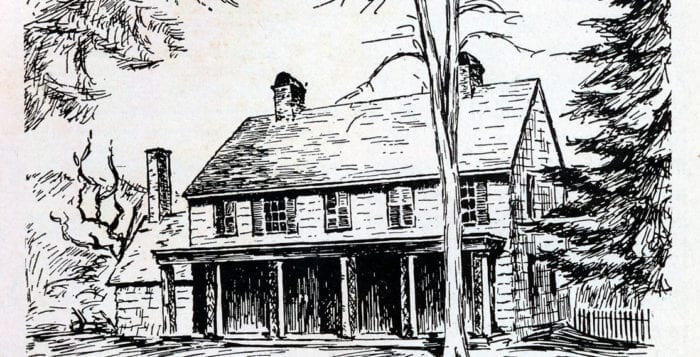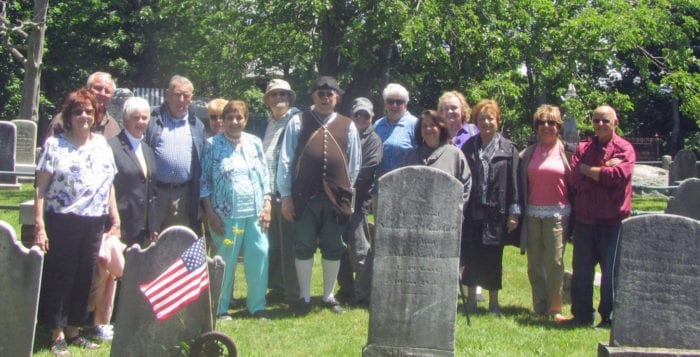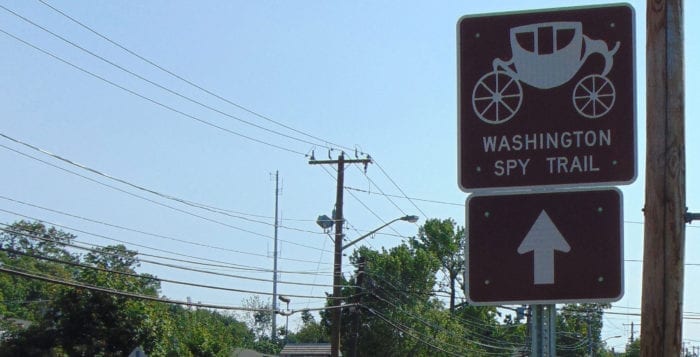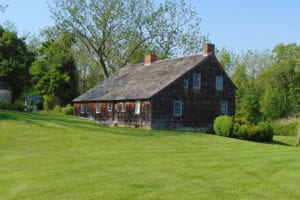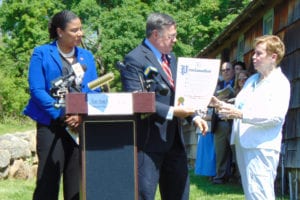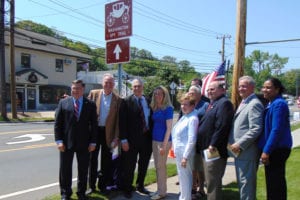Many residents know about the Culper spies that operated along the North Shore of Long Island and gave invaluable intelligence about British troop movements and plans to Gen. George Washington during the Revolutionary War. But perhaps not so many know that two of Washington’s letters to his chief spymaster Major Benjamin Tallmadge, of Setauket, are on display locally and are available for viewing by the public. They are part of the Special Collections & University Archives of Stony Brook University Libraries, and how we got them is itself a story, as was told by Kristen Nyitray, SBU’s Special Collections director, at the Three Village Historical Society meeting Monday night.
The letters, written by Washington in 1779 and 1780, were part of the estate of Malcolm Forbes, the publishing magnate, and were put up for auction by Christie’s at two separate times. Forbes was proud of the fact that he had collected artifacts from each American president. Where those letters were for some 200 years before he got them is a deep mystery, but they are here now, thanks to the alacrity of local history-minded leaders, like state Assemblyman Steve Englebright (D-Setauket), members of the historical society and philanthropist Henry Laufer.
On May 24, 2006, Frank Turano, then president of the historical society, Nyitray and Englebright took the train to New York City for the auction. Armed with a modest amount of money, given how much historical memorabilia sold for, they hoped to purchase the first letter and return it to the place where history happened. Nyitray was the paddle wielder, indicating a willing purchaser at the auctioneer’s bidding, and the three nervously awaited the sale of Lot 31, the first coveted letter. As parts of the estate sold ahead of the desired letter for much more than the resources of the triumvirate, they became increasingly nervous. Paddles were waving and telephones ringing with high bids all around them. Finally the letter, in Washington’s elegant hand, written from West Point on Sept. 24, 1779, and arriving in Setauket Sept. 26, was offered and miraculously the phones fell silent and the paddles went down. Only Nyitray’s was visible and, unchallenged, she won the bid.
The winning price was $80,000. Add in the commission for the auction house and other incidentals, and the final cost for the precious letter was almost $100,000. They had enough money.
The three were ecstatic. They were going to bring that letter back to Setauket where “The Father of our Country” had originally sent it. Within the month, after paperwork was completed, they were able to carry their treasure back to SBU in a brown shopping bag.
Once safely ensconced, the letter had to be cleaned and preserved by experts, and framed and mounted for suitable viewing. That proved to be an arduous and lengthy series of tasks. The group returned to Christie’s for the second letter written Sept. 16, 1780, on Feb. 12, 2009, which coincidentally is the same day as Lincoln’s birthdate. The quality of paper on which the letters were written was good rag paper, but the ink was made from oak gall, which was high in tannic acid, and was corrosive. The ink had to be treated to preserve the letters.
The initial viewing for the first letter was in October 2006, and the letters have done some traveling since, having been seen in Southampton and by people in Florida, California and Minnesota. They are accessible to all.
The 1779 letter deals with advice on how “Culper Junr.” — who was Robert Townsend — could go about his business as a freelance writer and merchant and also function as a spy. Washington gives specific instructions on how Townsend should write secret information among the leaves of a pamphlet or even between the lines of a newsy letter to a friend with special invisible ink. We know that ink was fabricated by Founding Father John Jay’s elder brother, James, who was a physician, and was referred to by the spies as “medicine.”
The letter is signed, “I am Sir Your most obedient and humble servt. Go. Washington.” What a thrill.

